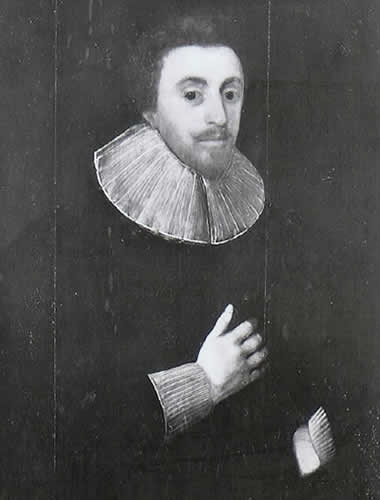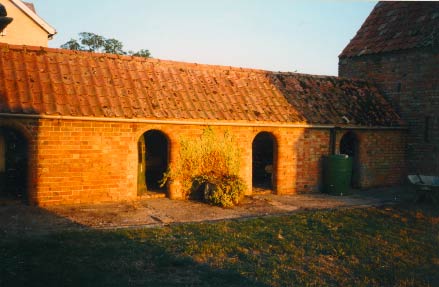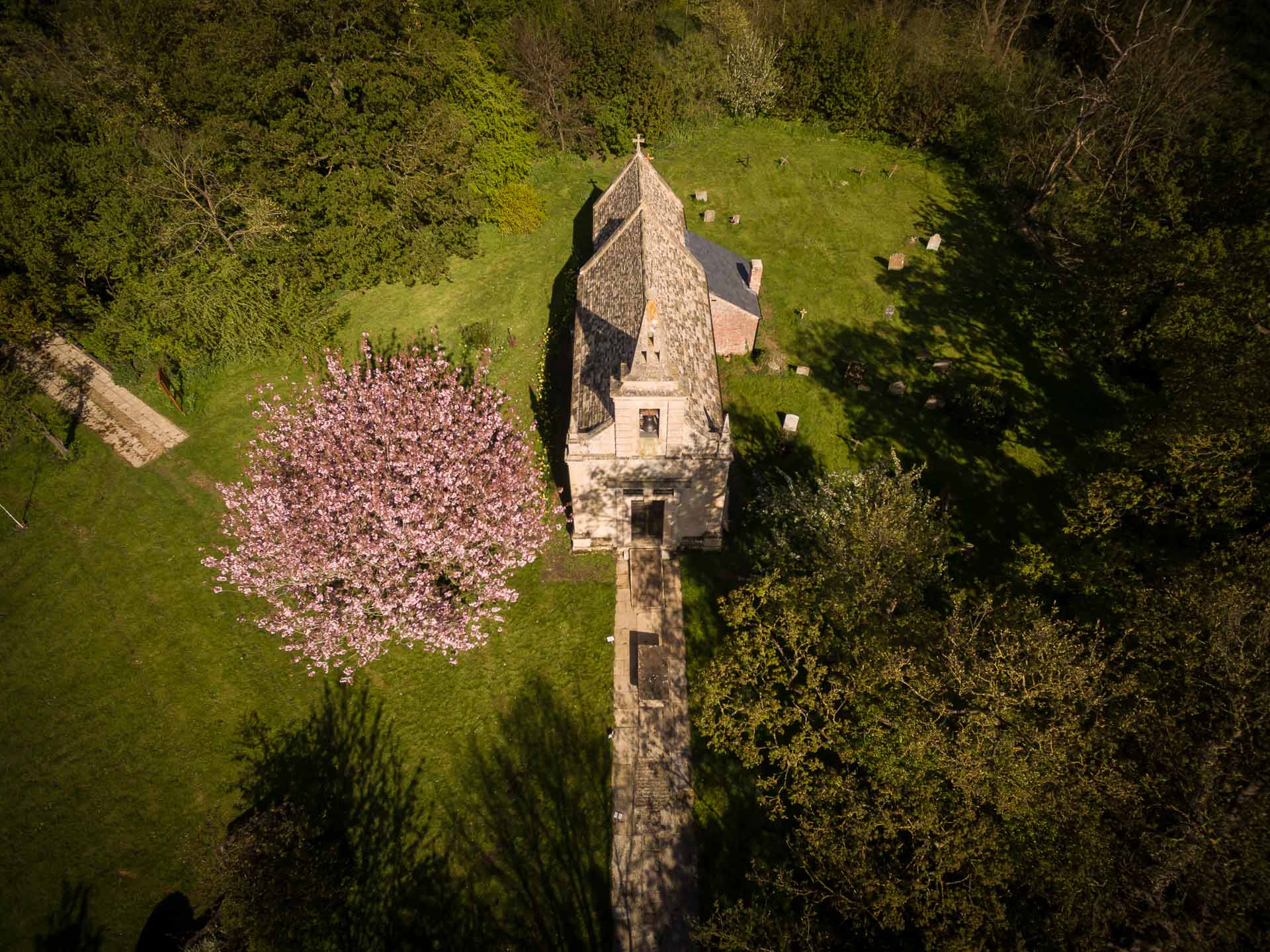Thomas Stearns Eliot was born in 1888 in the United States of America into a family which supported the Unitarian Church.
That is, they did not follow the doctrine of the Trinity, (Father, Son and Holy Spirit as the simultaneous but different faces of God). After many years of seeking spiritual fulfilment in philosophy and other faiths, Eliot decided to become a member of the Church of England, which meant being baptised in the Name of the Father and the Son and the Holy Spirit, before being confirmed and admitted to full membership of the Church. He did this in 1927, and then began a lifelong journey to discover how to practise his religion in daily life, convinced that this meant regular attendance at Church, retreat into contemplation, confession and spiritual direction.
1936: T.S.Eliot on retreat
Nicholas Ferrar – read more
Early in 1936, on one of the poet’s visits to the Society of the Sacred Mission at Kelham Hall in Nottinghamshire, he was asked to read and criticise the manuscript of a verse play written by one of the members of this Anglican religious community, Brother George Every. The play, entitled Stalemate-the King at Little Gidding dealt with the visit of King Charles 1st in May 1646. Eliot was interested in the idea of Christian Community as the ideal of the Christian life, and had read about the Ferrars in earlier years: possibly ‘John Inglesant’, possibly Peckard’s Life: both volumes were in his library.
Eliot’s visit to Little Gidding
Eliot was an Honorary Fellow of Magdalene College in Cambridge, and during one of his visits may have had conversations with some of the men then working on the Ferrar papers held by the College. He was escorted to Little Gidding by the Dean of the College, the Revd Hugh Fraser Stewart and his wife, on Wednesday afternoon the 25 May 1936. Also with the party was Bernard Blackstone, Fellow of Trinity College, who was working on the Ferrar material: his ‘Ferrar Papers’ was published 1938. Eliot may also have met Alan Maycock, who was about to publish his life of Nicholas Ferrar, and who later asked Eliot to be an honorary Patron of the Friends of Little Gidding.
The roadsides would have been lined with the flowering heads of Queen Anne’s Lace (cow-parsley), and the hedgerows white with May blossom (hawthorn). They would have driven down the rough road, and walked behind the brick-built pigsty, turning in front of the farmhouse to catch their first glimpse of the church façade and the table tomb of Nicholas Ferrar.
‘Four Quartets’
The ‘Four Quartets’ is a sequence of poetic reflections on the importance of time and intersections of timeless moments. Eliot experienced such a moment at Little Gidding on that spring afternoon, and wrote the final part of his great work thereafter. After it appeared in 1942, he published no more poetry, and died in 1965.






